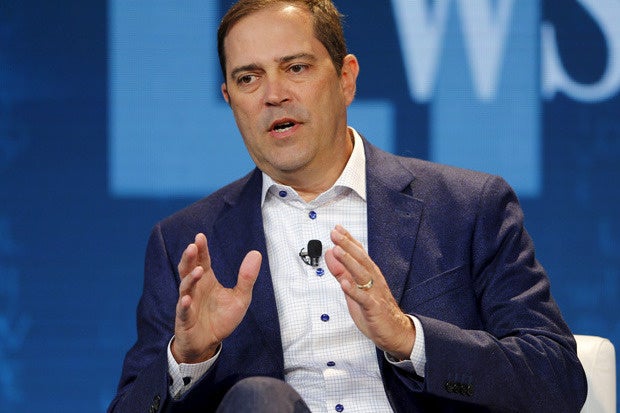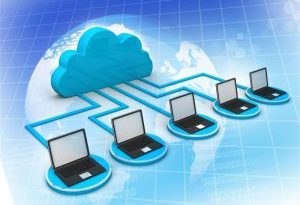Cisco CEO trumpets Catalyst 9K advances, software business success

Industry bellwether Cisco revealed some important financial numbers this week – its revenues were $12.5 billion, up 4 percent for the third quarter year-over-year, with product revenue up 5 percent.
But one of the of the more interesting tidbits is that the company said it was adding some 40 Catalyst 9000 customers a day and has added 2,700 new customers this quarter to bring the total to 5,800 customers since its introduction in 2017. The Catalyst 9000 is key to a number of Cisco’s future initiatives – one of the most important being its drive to build out its Network Intuitive plans for intent-based networking.
The other is that the way its software is sold – via a variety of subscription/feature levels is a key component of its overall strategy to become a more software-oriented company.
Customers should expect that shift to continue. CEO Chuck Robbins said during Wednesday’s financial call that the company will rollout more software services and subscription options, particularly in routing.



